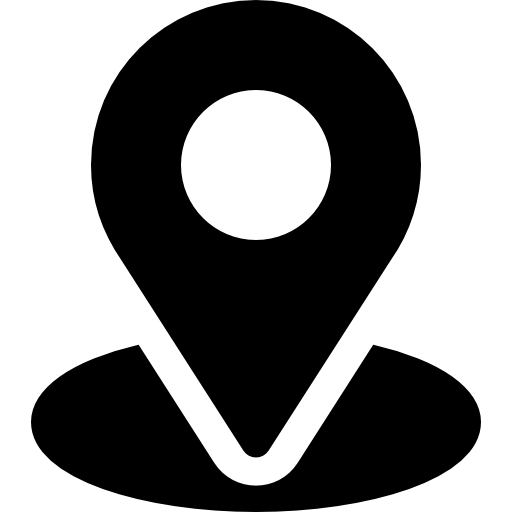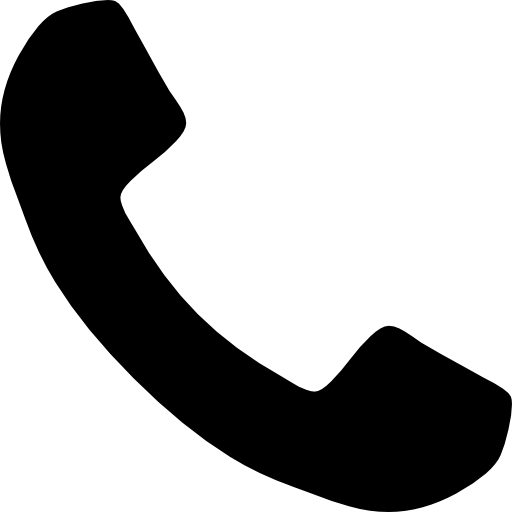Owing to the aging process, our cheeks start drooping and flattening. Along with this, the lower eyelids start sagging, giving us a tired or worn out appearance. A cheek lift , also regarded as a mid-face lift reinstates fullness to the cheeks, softens the deep lines stretching from the corners of the nose to the corners of the mouth and raises the outer part of the eyebrow, giving the face a more rested and youthful appearance. The cheek lift surgery may be done individually or with other facial surgeries. A cheek lift surgery, tackles one of the earliest and most prominent signs of aging which are slumping of the cheeks and the surrounding skin. In many cases, the traditional face-lift surgery may not completely treat the upper cheek and lower eyelid portion of the face, which often compress and elongate with as a person ages. A cheek lift surgery lifts the fat pad in the cheek which is called the malar fat pad, providing richness to the eyes and cheeks. This gives one a more refreshed and rejuvenated look. The outcomes of a cheek lift surgery are more permanent than those provided by injectable surgery. The healing and recovery from a mid-face lift is also quicker and better than a facelift surgery. A cheek lift surgery can drastically change your appearance and make you look younger.
People who have heaviness below the cheeks or people with hollowness beneath the eyes are mostly good candidates for a cheek lift surgery. People who are healthy and do not have medical conditions that can impair healing or increase risk of surgery can opt for a cheek lift procedure. A positive outlook and specific, but realistic expectations in mind for the improvement of appearance is a must to get such a surgery done.
A cheek lift surgery may be an inpatient or an outpatient procedure. It is a highly personalised procedure. The patient undergoing the surgery is put on general anaesthesia. Under general anaesthesia, the surgeon makes s cut above each ear outside the hairline and in the gum line above each upper canine tooth. A suture is placed inside each oral incision to clasp the cheek pad. The suture is then secured under the scalp. Originally, the cheek pad is overcorrected, fashioning an unnatural smile. The cheek reconciles into a more natural position as the person heals with time. Dimpling may appear in each cheek, but it will fade over time. Some patients have problems puckering their upper lip which makes it uncomfortable for them to drink from a cup. This is temporary and goes away with time. There might be swelling and bruising around the eyes, but it can be reduced by raising the head and using cold compresses on the eyes for a few days after the surgery. Patients may experience aching in their cheeks, which can last for several months. A cheek lift elevates the drooping cheek tissue by using negligible incisions around the hairline and ear. This tactic provides a more youthful look to the cheekbones and decreases the nasolabial laugh lines around the mouth. Surgeons usually have technological advances for cheek lift treatment that targets the skin and muscle tissue in the cheeks by tightening and smoothing the appearance of deep marionette lines and nasolabial folds. The surgery usually takes about two hours to complete, unless additional surgeries are being done along with a cheek lift.
The risks associated with a cheek lift may include the complications associated with most cosmetic surgeries. These usually are problems related to anaesthesia, blood clot in leg or lung, hematoma or seroma which can cause scarring, skin discoloration or an irregular surface, etc. Infections, hair loss along the incision, facial numbness, partial loss of facial expression and facial weakness or paralysis are some other rare complications associated with a cheek lift. The healing and recovery process requires patience like any other cosmetic surgery. You may be able to return to your regular routine within a few weeks. The healing process can take as long as four months.
The duration of a cheek lift surgery recovery depends on the type of cheek lift surgery. A mini lift will take less time than a mid-face lift or a complete cheek lift and neck lift. Bruising is mostly less after a complete cheek lift, mini lift or mid-face lift. The amount of bruising depends on the type of facial plastic surgery you undergo. Antibiotics as well as pain medication may be prescribed to you after your cheek lift surgery to help reduce discomfort, inflammation and infections. You will need to schedule follow up appointments with your plastic surgeon to monitor the progress of your cheek lift surgery.



